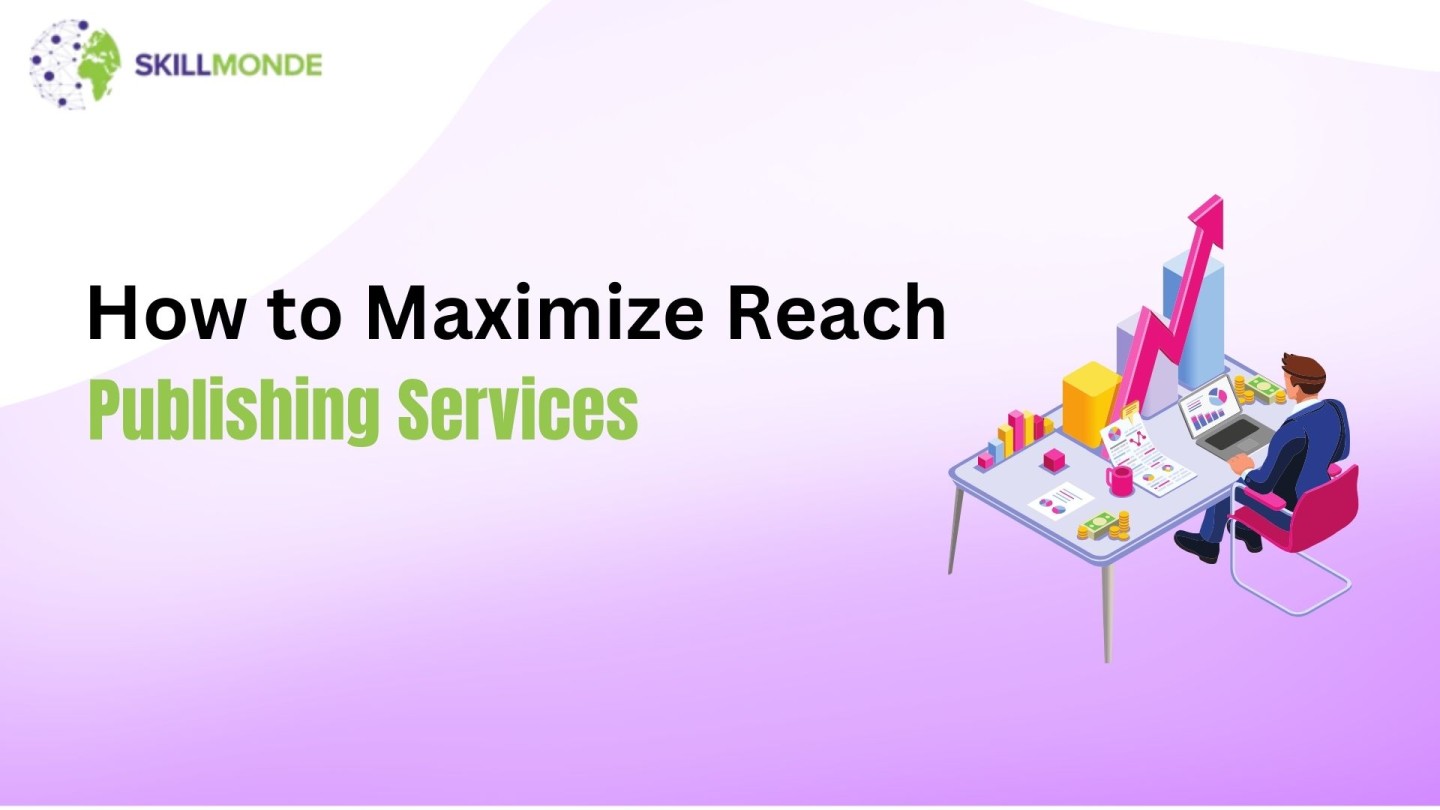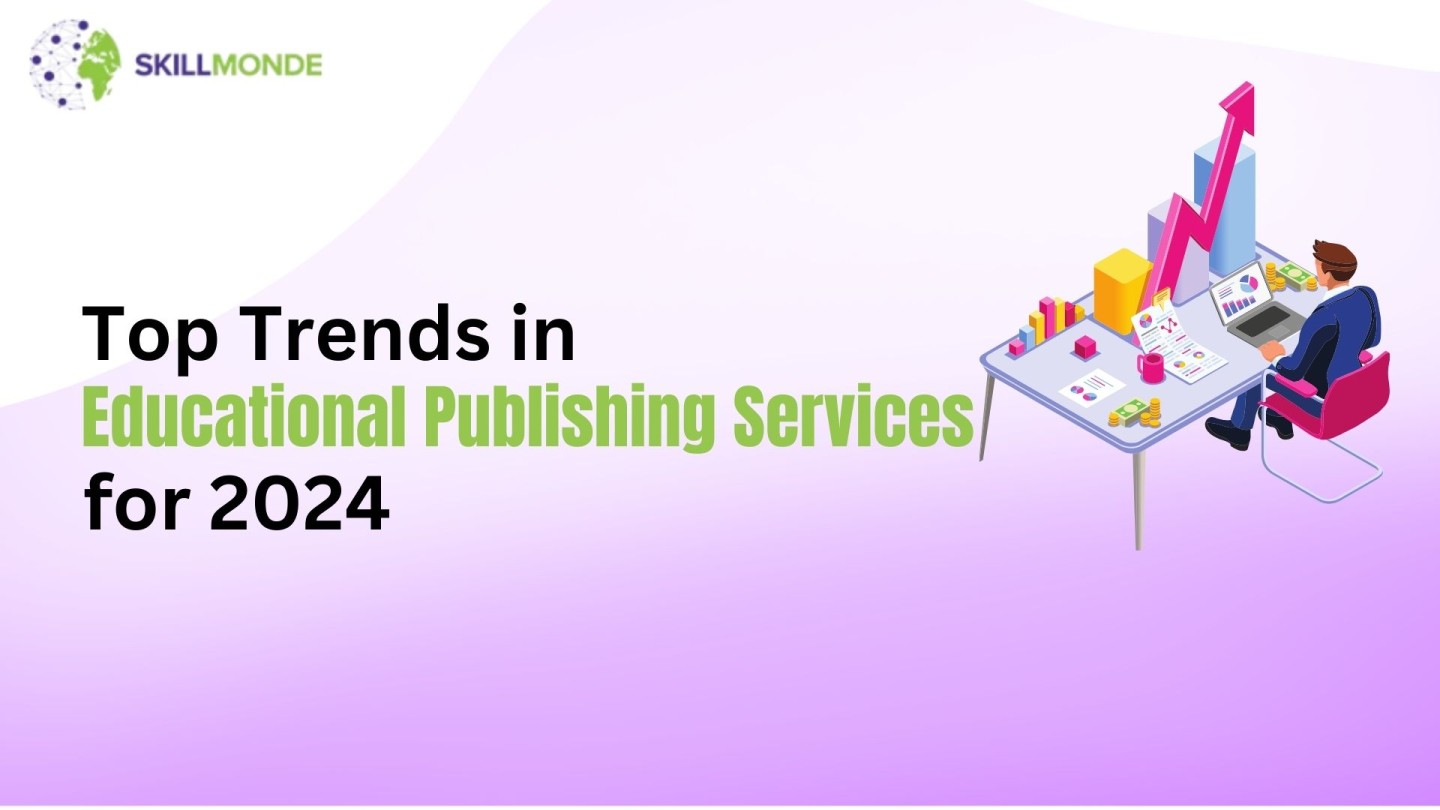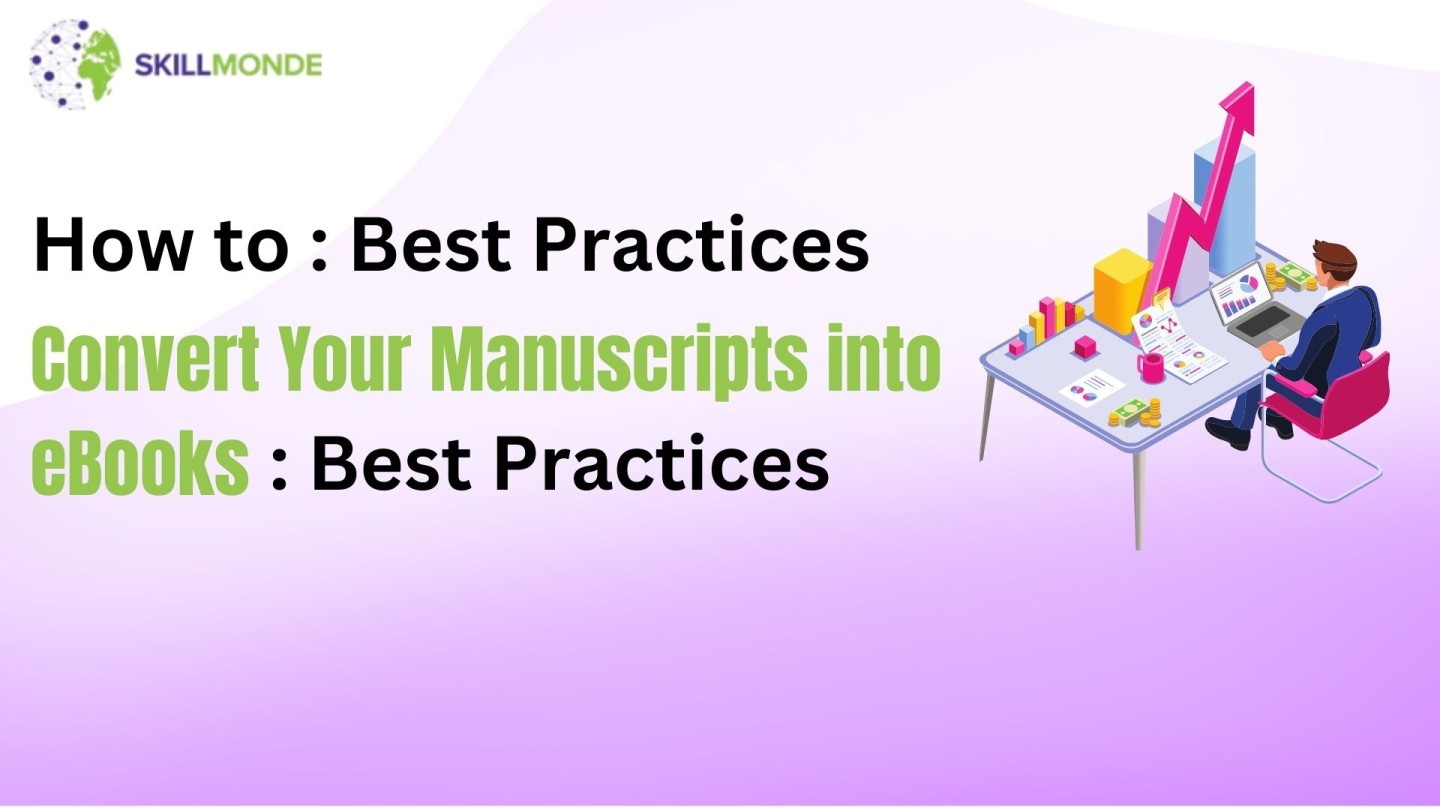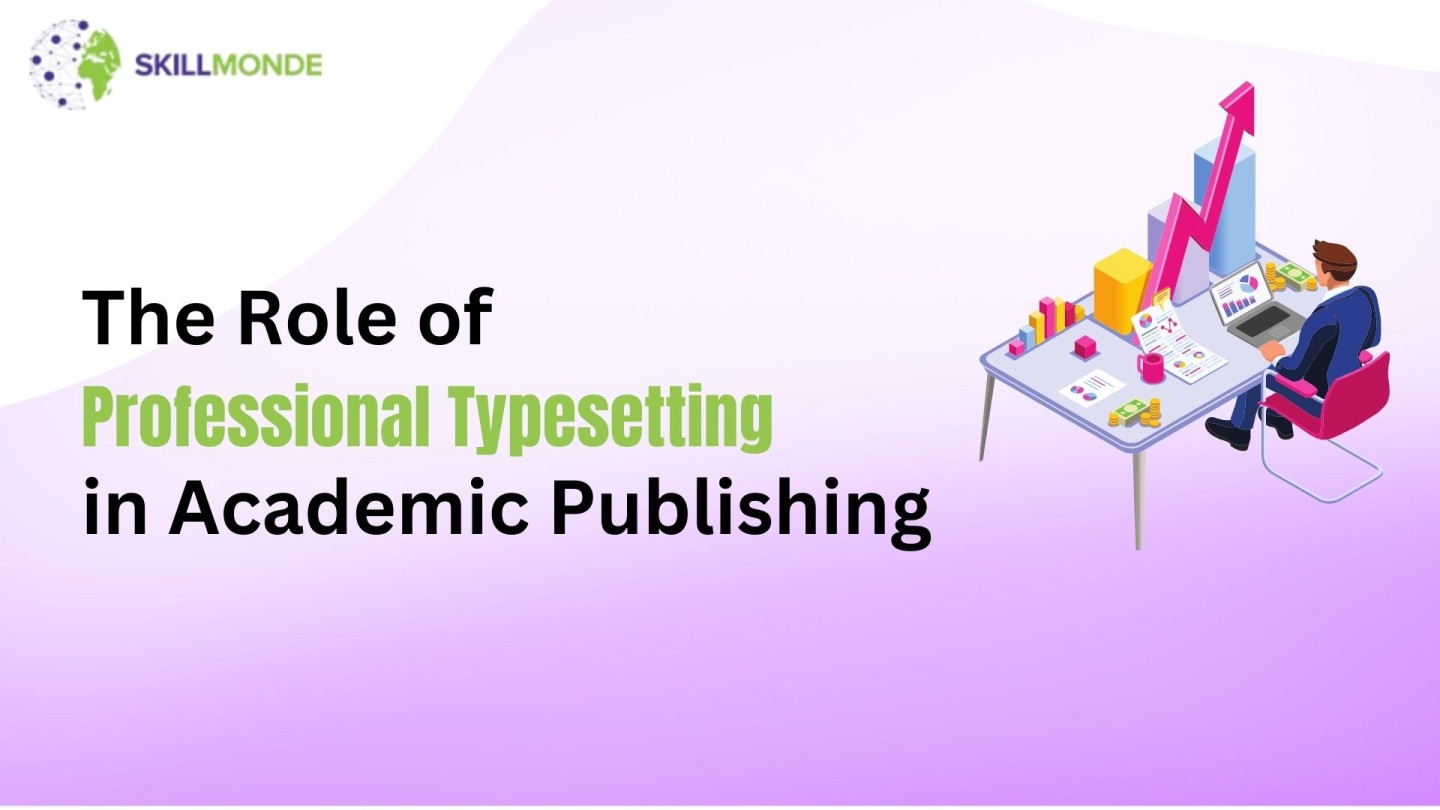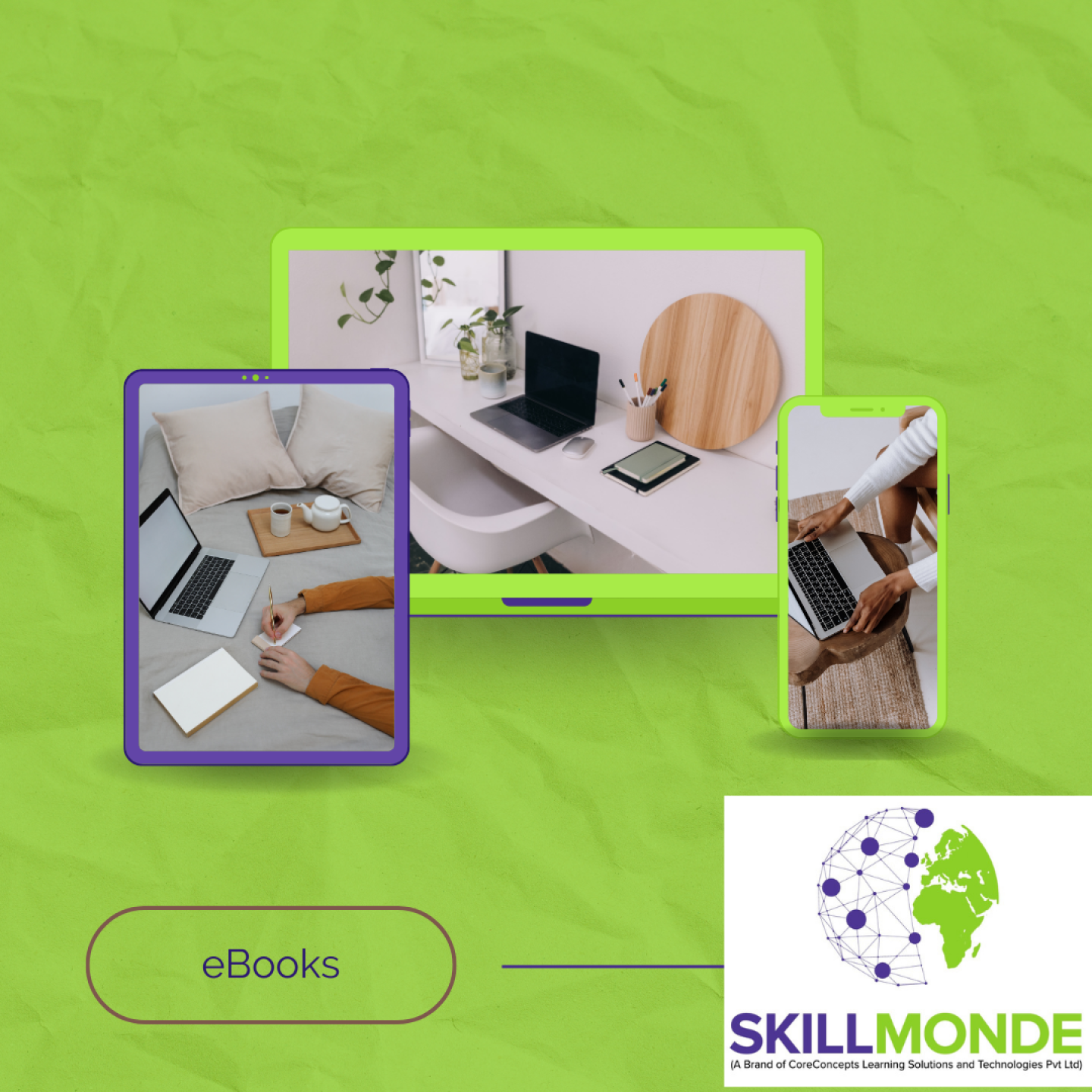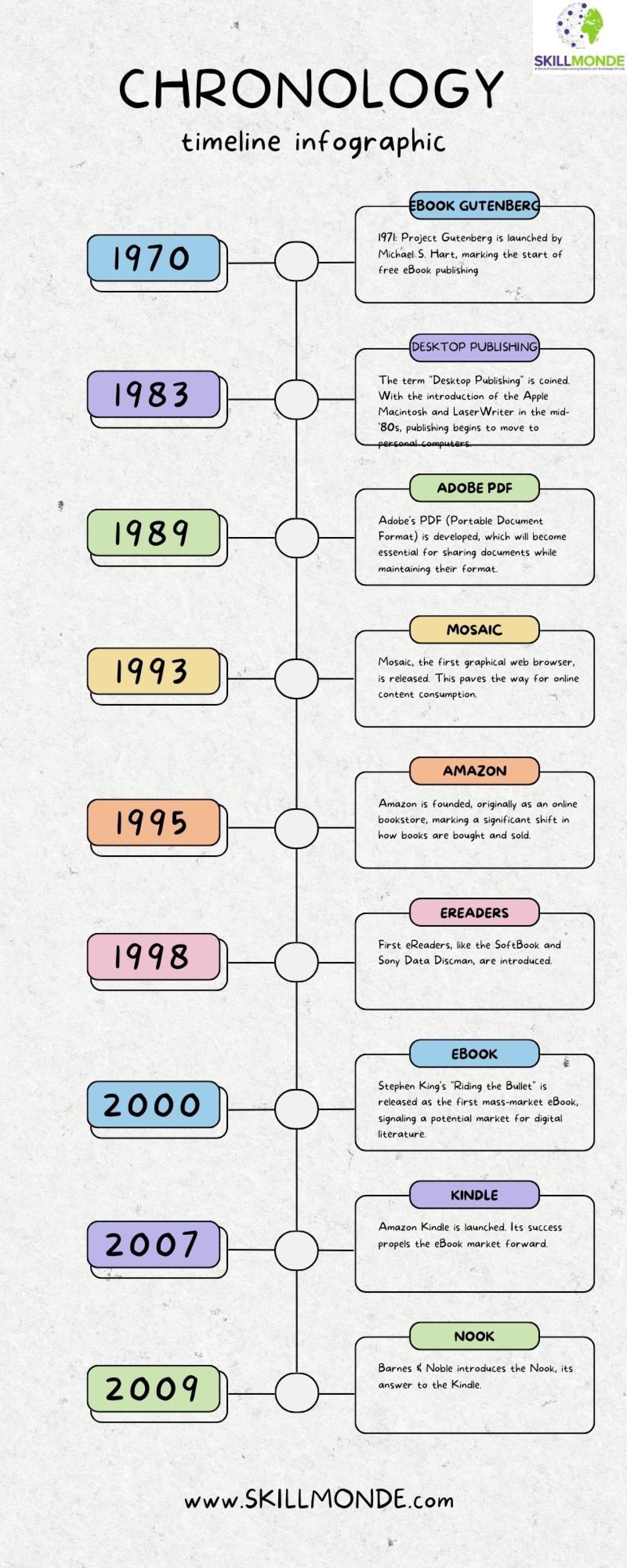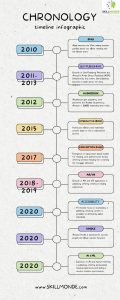Introduction:
In today's competitive landscape, maximizing the reach of educational content is crucial for publishers aiming to grow their audience and increase adoption rates. Whether you are publishing textbooks, eBooks, or digital learning materials, leveraging comprehensive publishing services can help you connect with more readers, educators, and institutions across the globe.
Consider the case of ABC Learning, a mid-sized publisher struggling with stagnant sales and limited market penetration. After partnering with SkillMonde to revamp their publishing strategy, ABC Learning saw a 40% increase in digital sales and expanded their reach to over 50 new educational institutions in just one year. This transformation was made possible through the use of comprehensive publishing services that optimized content for multiple platforms and audiences.
Let's explore how you can achieve similar results by leveraging these services to maximize your reach.
1. Optimize Content for Multiple Formats
One of the most effective ways to maximize reach is by optimizing content for multiple formats. Today’s learners consume content in various ways—through print, eBooks, audiobooks, interactive digital platforms, and more. Offering your content in multiple formats ensures you cater to diverse preferences, thus expanding your audience base.
- Example: A publisher offering a textbook only in print format can reach a limited audience. However, by converting the textbook into an eBook and audiobook, they can attract digital readers and those who prefer listening to content while commuting or multitasking.
- Tool Tip: Use tools like Adobe InDesign for professional print and digital formatting, and Audacity for creating high-quality audiobooks.
2. Leverage Digital Publishing Platforms
Digital publishing platforms, such as Amazon Kindle, Apple Books, and Google Play Books, provide a vast distribution network that can help you reach millions of readers worldwide. By publishing your content on these platforms, you make it accessible to a broader audience without the constraints of physical distribution.
- Example: SkillMonde helped XYZ Publishing distribute their eBooks across multiple digital platforms, resulting in a 30% increase in global downloads within six months. By leveraging these platforms, XYZ Publishing reached new markets they hadn't previously considered.
- Tool Tip: Platforms like Kindle Direct Publishing (KDP) and Apple Books for Authors offer easy-to-use tools for uploading, formatting, and distributing your eBooks to a global audience.
3. Enhance Accessibility with Inclusive Content
To maximize reach, it’s essential to ensure your content is accessible to all, including learners with disabilities. Inclusive content—such as those with alt-text for images, transcripts for videos, and screen-reader compatibility—broadens your audience by making your materials usable for everyone.
- Example: A major publisher expanded its reach by 20% by making its digital textbooks accessible to visually impaired students through the use of alt-text descriptions, adjustable font sizes, and screen reader compatibility.
- Tool Tip: Use tools like Adobe Acrobat Pro for creating accessible PDFs and WAVE for evaluating web content accessibility.
4. Utilize SEO Strategies for Digital Content
Search Engine Optimization (SEO) is not just for websites—it’s also crucial for digital content like eBooks, articles, and online courses. By incorporating relevant keywords, meta descriptions, and backlinks, you can improve the discoverability of your content on search engines, thus reaching a broader audience.
- Example: An educational publisher saw a 35% increase in online traffic to their digital resources after SkillMonde optimized their content with targeted keywords and metadata. This boost in visibility led to higher engagement and downloads from educational institutions and learners.
- Tool Tip: Tools like Yoast SEO for WordPress or Moz can help you identify and incorporate relevant keywords and optimize your content for search engines.
5. Invest in Localized Content for Global Reach
To maximize reach, publishers need to think globally while acting locally. Localizing content for different languages and cultural contexts allows you to tap into new markets and make your content more relatable to diverse audiences.
- Example: A global publisher collaborated with SkillMonde to translate and localize their content into Hindi, Spanish, and Mandarin. As a result, they gained access to new markets in India, Latin America, and China, increasing their overall readership by 50%.
- Tool Tip: Use localization tools like Smartling or Transifex for translating and adapting content for different regions while maintaining consistency and quality.
6. Promote Your Content Through Multi-Channel Marketing
A comprehensive publishing strategy includes a robust multi-channel marketing plan. Utilize email marketing, social media, webinars, blogs, and influencer partnerships to promote your content and engage with potential readers and educators.
- Example: A publisher increased their eBook sales by 45% by launching a targeted social media campaign, collaborating with education influencers, and hosting webinars to showcase their new publications.
- Tool Tip: Tools like Mailchimp for email marketing, Buffer for social media management, and Zoom for hosting webinars can help you reach a wider audience.
7. Implement Data-Driven Content Development
Using data to guide your content development process can significantly enhance its relevance and appeal. Analyzing data on reader behavior, engagement metrics, and feedback can help you understand what works and what doesn’t, allowing you to refine and optimize your content for maximum reach.
- Example: A publisher used analytics tools to track which chapters in their digital textbooks were most read and which were often skipped. Partnering with SkillMonde, they restructured the content based on these insights, resulting in a 25% increase in reader engagement.
- Tool Tip: Use tools like Google Analytics or Hotjar to gather data on reader behavior and content performance.
8. Partner with Professional Publishing Services
Finally, partnering with professional publishing services like SkillMonde can help you navigate the complexities of modern publishing. From content development and SEO optimization to digital distribution and accessibility, professional services provide the expertise and tools needed to maximize your reach effectively.
- Example: ABC Learning, mentioned earlier, partnered with SkillMonde to overhaul their entire publishing strategy, from print to digital distribution, accessibility enhancements, and localized content. This partnership helped them expand their reach significantly and achieve sustainable growth.
Ready to maximize your reach with comprehensive publishing services? Contact SkillMonde today to explore how we can help you connect with a wider audience and achieve your publishing goals!
